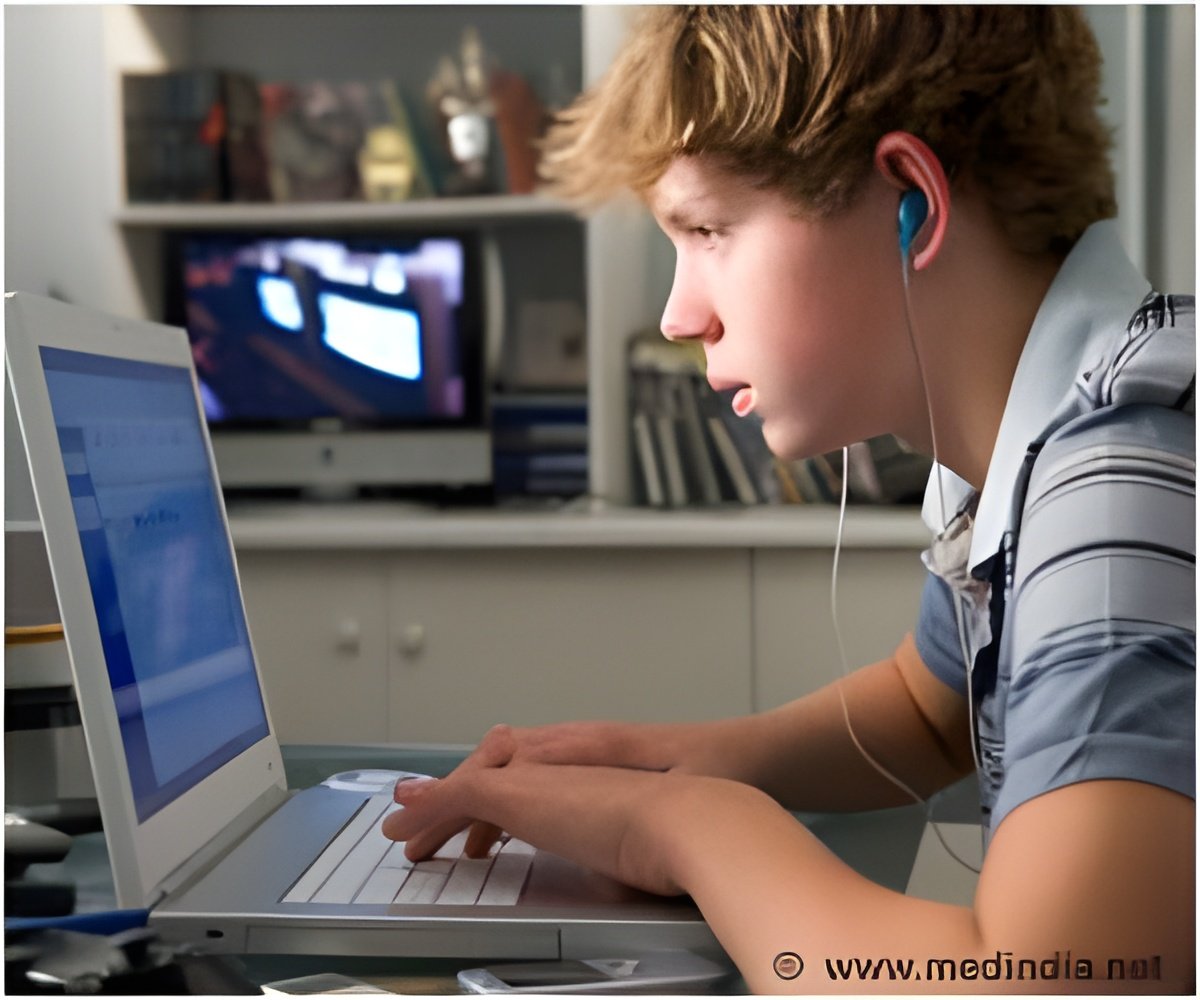Link between excessive screen time and risk for death by suicide, depression, suicidal ideation and suicidal attempts has been found by recent research.

‘Teens who spend more time on screens are more likely to be depressed, and those who spend more time on nonscreen activities are less likely to be depressed.’





Florida State University Robert O. Lawton Distinguished Professor Thomas Joiner, said screen time should be considered a modern-day risk factor for depression and suicide."There is a concerning relationship between excessive screen time and risk for death by suicide, depression, suicidal ideation and suicidal attempts," said Joiner, who conducted the research with psychology Professor Jean Twenge of San Diego State University. "All of those mental health issues are very serious. I think it's something parents should ponder."
Joiner encouraged parents to track their children's screen time because teenagers are spending more time on screens, and that activity is linked to depression and suicide-related behaviors.
Depression and suicide rates for teens between the ages of 13 and 18 increased dramatically since 2010, especially among girls, according to the U.S. Centers for Disease Control and Prevention. The study identifies excessive use of electronic devices as a likely culprit.
CDC statistics show the suicide rate increased 31 percent among teenagers from 2010 to 2015, while a national survey shows that the number of adolescents reporting symptoms of severe depression rose 33 percent.
Advertisement
The study found the rise in mental health problems among teens since 2010 coincides with an increase in ownership of cell phones. In 2012, about half of Americans owned smartphones. By 2015, 92 percent of teens and young adults had one, and their screen time also rose.
Advertisement
Twenge said the results clearly showed that teens who spent more time on the devices were more likely to be unhappy. Those who focused more on nonscreen activities like sports and exercise, talking to friends face to face, doing homework and going to church were more likely to be happy.
"Teens who spend more time on screens are more likely to be depressed, and those who spend more time on nonscreen activities are less likely to be depressed," Twenge wrote in her book, "iGen: Why Today's Super-Connected Kids Are Growing Up Less Rebellious, More Tolerant, Less Happy -- and Completely Unprepared for Adulthood."
Previous research has examined whether increased homework loads, academic pressure or families' financial problems raised teens' risk of developing mental health problems, but this study did not find such links.
Joiner and Twenge emphasized their research does not prove that screen time causes depressive symptoms or suicide-related behaviors, but the findings do show a link.
They also said parents shouldn't think they need to take away their children's smartphones and other electronic devices. But limiting screen time to an hour or two a day would put a child into a statistically safe zone.
"It's totally unrealistic and probably not even good to think kids will stop using screens," Joiner said. "It comes down to moderation. Parents should try to make nonscreen activities as attractive as possible because a lot of them are attractive. It is fun to hang out with your friends or play basketball. Just remind kids those things are available, and they're just as fun as trading texts. That's the bottom line."
Source-Eurekalert













